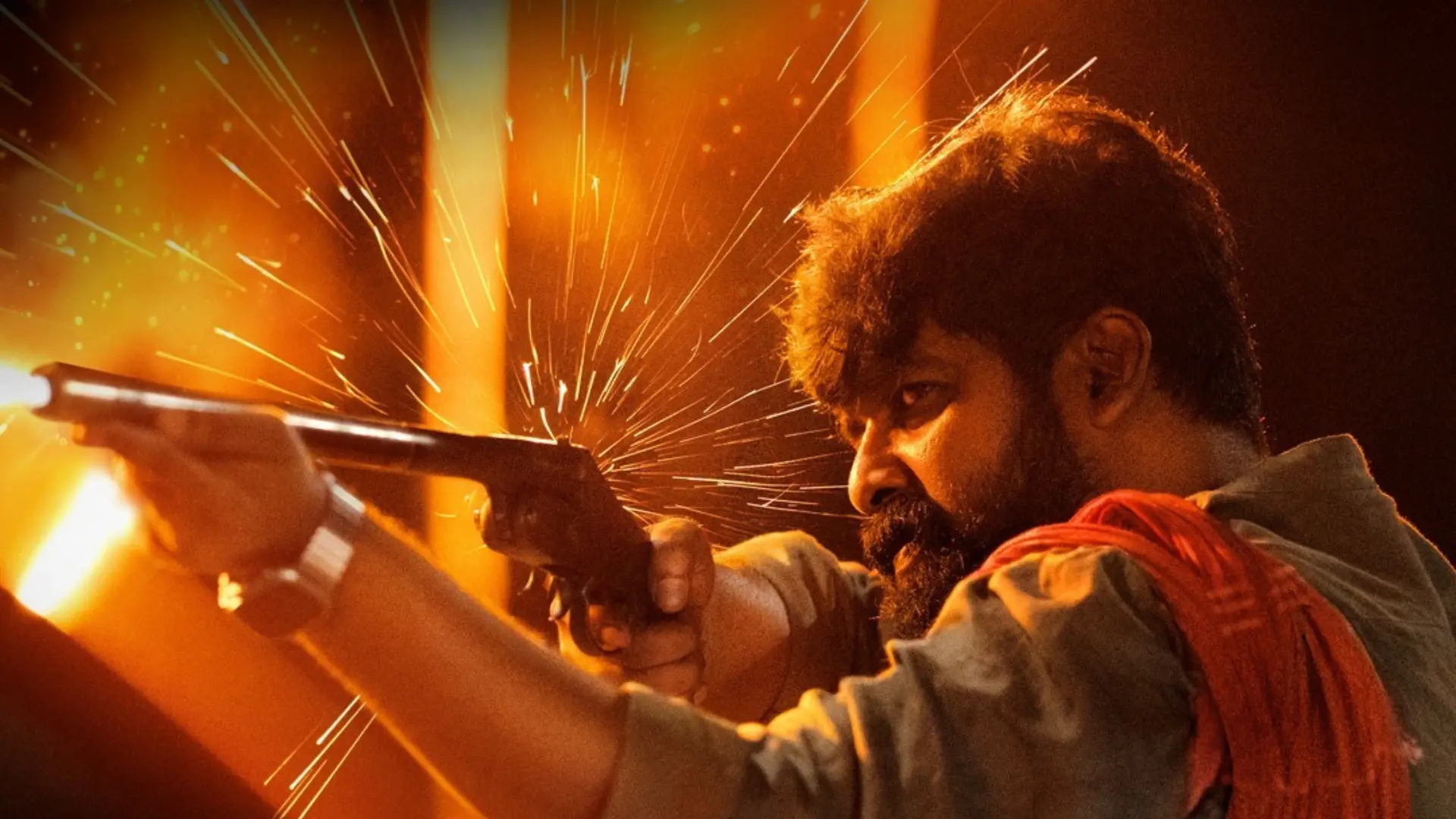The Group of Ministers (GoM) on Goods and Services Tax (GST) rate rationalization has proposed significant changes to tax rates, sparking debates and market reactions. Among the headline recommendations is a steep tax hike for sin goods like aerated beverages, cigarettes, and tobacco products, raising the rate from 28% to 35%.
This decision was finalized in a meeting chaired by Bihar Deputy Chief Minister Samrat Chaudhary, with the aim of generating higher revenue and streamlining the GST tax structure. The proposals, which also include changes to apparel GST rates, will be presented to the GST Council on December 21 for final approval.
Stock Market Reacts to Sin Goods Tax Hike
The proposed tax changes have already impacted the stock market, especially for companies in the tobacco sector. Key reactions include:
– ITC Ltd: Share price fell by 3% to Rs 462.80.
– VST Industries: Dropped by 2.3% to Rs 318.30.
– Godfrey Phillips: Declined by 3.2% to Rs 5,575.50.
Global brokerage Macquarie maintained its “outperform” rating for ITC with a target price of Rs 560 but noted that the company would require at least a high single-digit price hike to counterbalance the effects of the proposed tax increase.
Details of the Proposed Tax Adjustments
The GoM’s recommendations are wide-ranging, covering both sin goods and apparel while seeking to maximize revenue generation:
1. Sin Goods:
– Cigarettes and Tobacco Products: The new 35% GST rate will replace the current 28% slab. A compensation cess ranging from 5% to 36%, depending on the length of the cigarette, will still apply.
– Aerated Beverages: These are now classified as demerit goods and will also attract the 35% GST rate, significantly increasing their tax burden.
2. Apparel
The GST structure for apparel has been rationalized as follows:
– Garments priced up to Rs 1,500: Taxed at 5%.
– Garments priced between Rs 1,500 and Rs 10,000: Taxed at 18%.
– Garments costing above Rs 10,000: Taxed at 28%.
These changes aim to create a more structured and equitable tax system while boosting government revenues.
3. Positive Net Revenue Impact
An official emphasized that these changes could result in a positive net revenue impact, helping the government achieve its fiscal objectives.
Key Decisions Await GST Council Approval
The GST Council, chaired by Union Finance Minister Nirmala Sitharaman and comprising state finance ministers, will discuss the GoM report on December 21. The council will finalize the approval for these proposals, including the introduction of a new 35% GST slab while retaining the existing four slabs of 5%, 12%, 18%, and 28%.
The Council is also expected to decide whether the GoM’s rate rationalization efforts will continue on a periodic basis to identify further opportunities for adjustments.
Impact on Luxury and Demerit Goods
Under the GST framework, essential goods are exempt or taxed at the lowest rates, while luxury and demerit goods fall under the highest tax slab and attract additional cess. For instance:
– Luxury Cars and High-End Washing Machines: Already taxed at 28% + cess.
– Packaged Drinking Water (20L and Above): GST reduced from 18% to 5% in earlier recommendations.
– Bicycles under Rs 10,000: GST reduced from 12% to 5%.
These adjustments are designed to balance affordability for essential items with higher revenue generation from luxury and demerit goods.
Market Concerns and Previous Recommendations
The tobacco industry has expressed concerns over the potential ripple effects of these tax hikes. Cigarette manufacturers will likely face significant cost increases, which could lead to higher prices for consumers.
Other key proposals from earlier GoM meetings include:
– Exercise Notebooks: GST reduced from 12% to 5%.
– Shoes Above Rs 15,000: GST increased from 18% to 28%.
– Wristwatches Over Rs 25,000: Taxed at the highest slab of 28%.
These measures aim to streamline the tax system and address consumer affordability while ensuring sustainable revenue streams.
What’s Next?
The GST Council’s decision on December 21 will shape the trajectory of these proposals. If approved, industries such as tobacco, aerated beverages, and high-end apparel will need to adjust pricing strategies to offset the tax burden.
Additionally, the Council will determine whether to extend the GoM’s mandate for periodic reviews to ensure continued efficiency and revenue optimization within the GST system.
The proposed GST changes reflect a broader strategy to balance revenue generation with affordability and equity. While the new tax rates for sin goods and apparel may strain certain sectors, the government remains focused on streamlining the GST structure to boost fiscal performance.
Consumers and businesses alike will closely watch the outcome of the December 21 GST Council meeting, which promises to have far-reaching implications for India’s tax landscape.
ALSO READ: Forty Years On: The Lingering Shadows of the Bhopal Gas Tragedy


















